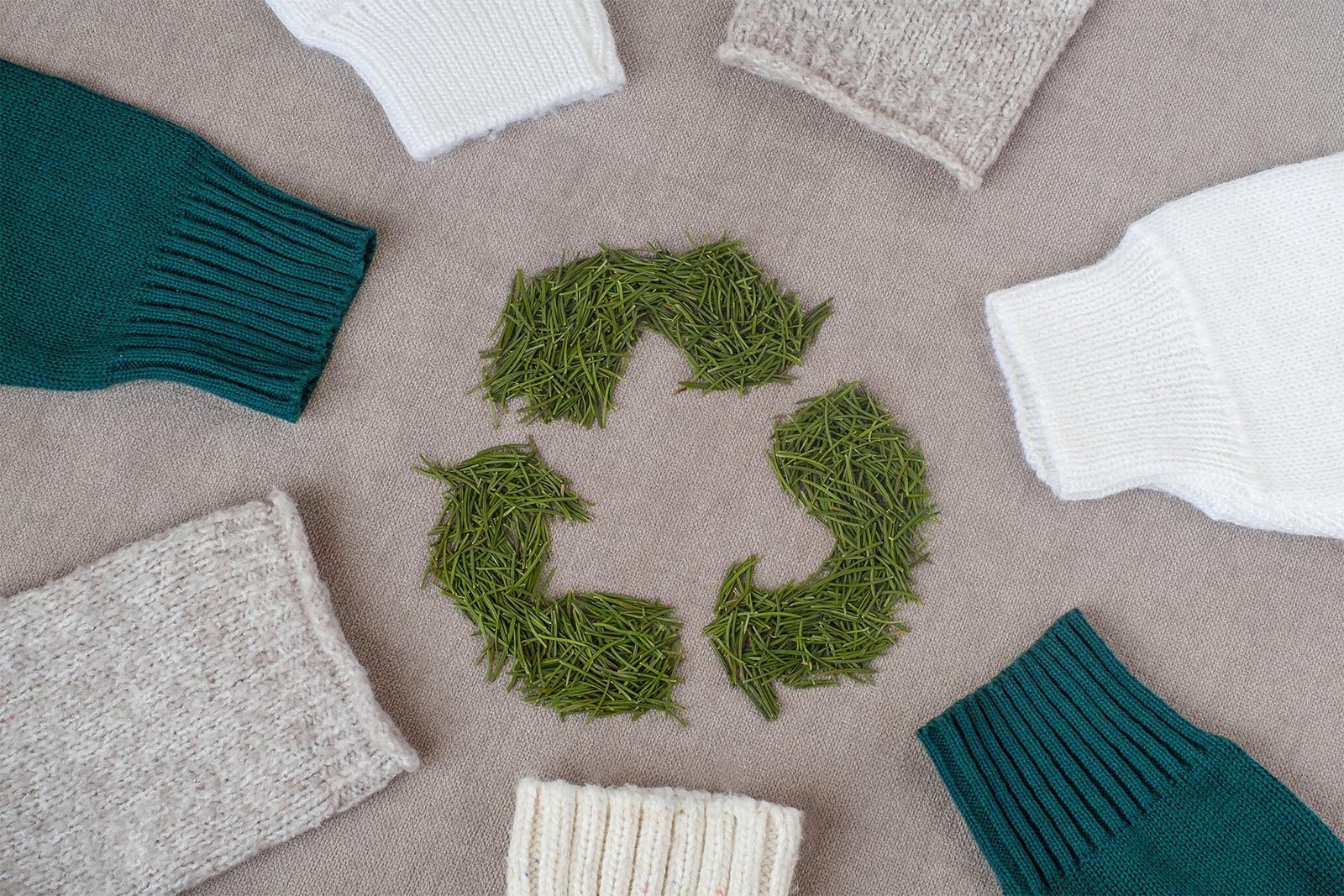In the fabric context, CE measures how much of the material used in a product can be regenerated or reused. You’ve probably seen Circularity in wool before, but you may not know precisely what it is or the benefits it can have for the environment. This article will discuss CE, why it’s essential for the industry, and how recycled wool can help reduce landfill waste.
The higher the CE, the better for our environment.
- Where does this number come from?
It’s calculated by taking into account all energy inputs and outputs related to producing and using that material: things like manufacturing, transportation, washing and drying (for clothing), landfilling (for textiles), incineration (for fibres), etc.
The benefits of Circularity in wool.
CE in wool is a big deal, and here’s why:
- It reduces waste. When you buy fabric made from recycled wool, you’re helping to reduce the number of virgin fibres used by factories. This means less strain on our planet’s resources and fewer greenhouse gas emissions resulting from manufacturing processes. It also means that manufacturers don’t have to rely on unsustainable practices like mining or deforestation—which helps keep our air and water clean.
- It saves money. By reducing their energy consumption, companies can save millions of dollars annually; in addition to ensuring fabric sustainability, Circularity makes them more competitive in terms of price and quality compared to non-recycled fabrics.
- It keeps your clothes looking good for longer. Wool naturally resists water, so it doesn’t pill up as quickly as other materials like cotton when they get wet; this is why so many people choose wool over cotton when buying socks or sweaters for hiking/camping expeditions (or just everyday wear).
Why the wool industry is a leader circularly.
Wool, one of the oldest fibres in the world, is a high-performance natural fibre. It’s also incredibly sustainable. Wool is a renewable resource that can recycled repeatedly without losing its quality. As it ages and wears out, it composts naturally, meaning no waste goes to landfills.
How recycled wool can help reduce landfill waste.
The recycling process for wool is much more straightforward than you might think. Wool fibres separated from the sheep’s fleece using a centrifuge, which spins the material until it separates into various components. The long fibres then combed, carded, and spun into yarn that can used in new fabric—a process first developed in Scotland in the 19th century.
Also, Read About
5 Important Tips for Selecting a Good
Advantages Of Investing In High-Quality Swimwear Dresses
The process of re-cooling is significantly less energy intensive than manufacturing new synthetic fabrics from scratch, meaning it’s greener too. As well as being a renewable resource, wool is also biodegradable: once your garment has outlived its usefulness to you (or if you don’t feel like wearing it anymore), you can throw it away without feeling guilty about adding to landfill waste.
Circularity has the power to transform our textile industry and the world as we know it. It’s a concept that can seem complex at first glance, but CE becomes much easier to understand when you break down what it means and how it works. And now that you know everything there is to know about CE in wool, you might be wondering how this can help your business. If your company uses recycled fibres in any capacity, there are plenty of opportunities for more sustainable practices.
